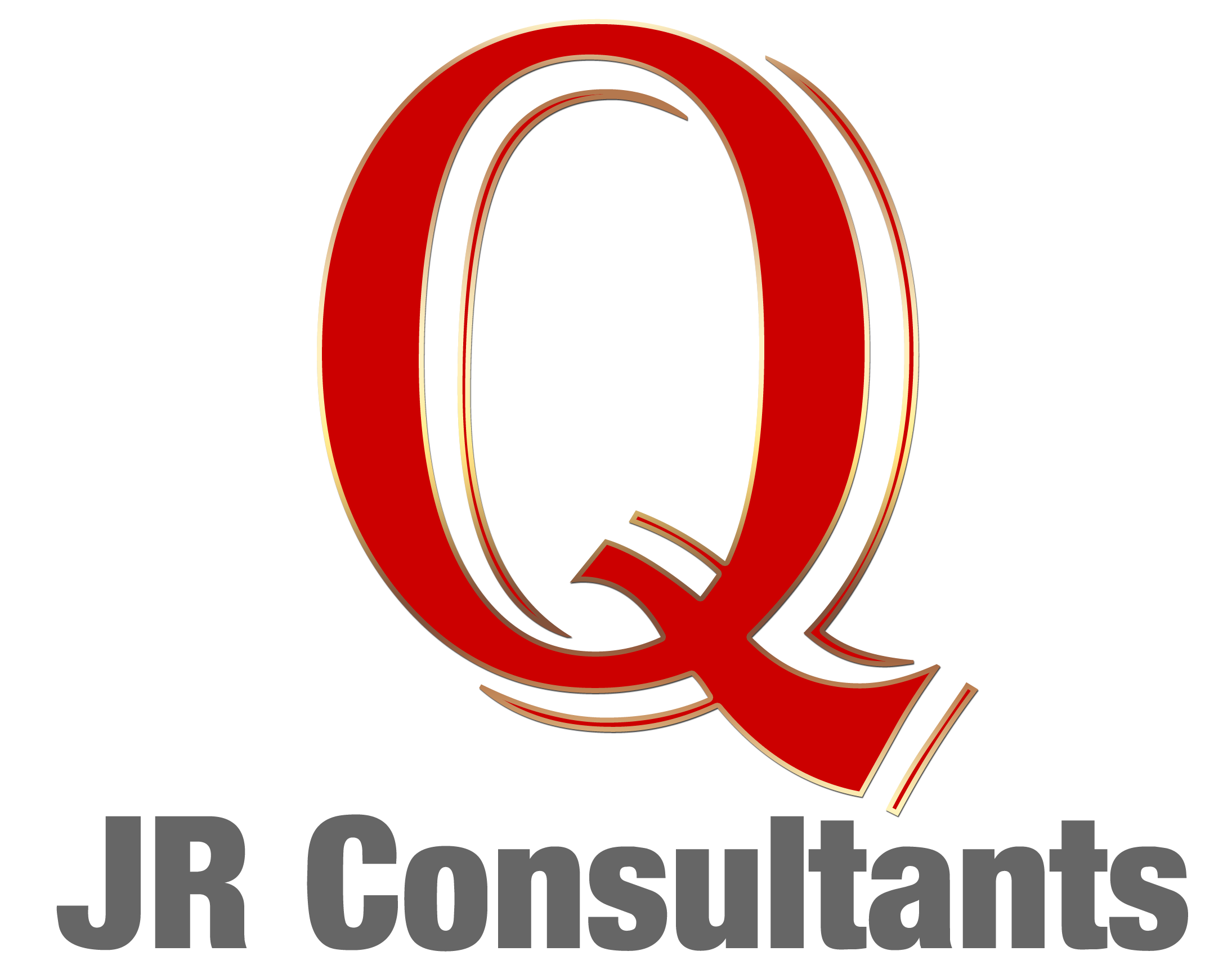ISO standards include the frequent use of various words, terms and phrases, which for those who are new to ISO can be confusing and overwhelming. Not everybody will be immediately familiar with or comprehend fully what is meant by these in the context of ISO, which is why understanding the terminology and jargon can be extremely beneficial.
At JR Consultants, our experts have put together this glossary to help those who are looking to get a better understanding of ISO language, brush up on the terms and definitions and to help explain some of the most important and frequently used terms relating to ISO.
Common ISO Terms And Phrases
ISO – An abbreviation for the International Organization for standardization, the ISO is an independent, worldwide, non-governmental body that is responsible for developing documents of ‘requirements, guidelines, specifications and characteristics’. These documents are consistently used to ensure that products, processes, materials and services are fit for purpose.
Standards – These are essentially benchmarking in quality, agreed by top experts in each field to ensure the quality and safety of both services and products in international trade. There are many standards that cover everything from health and safety, quality management, environmental impact, IT security, food safety, energy management and many more.
Each is represented by its own identification number, for example the ISO 45001 standard is one of the most popular and recognisable which sets out criteria for Health & Safety (OH&S). This important standard helps organisations to proactively find, identify and resolve potential risks as well as prevent workplace accidents and work related illnesses in order to keep their employees safe and meet the required legal health and safety obligations.
ISO Certification – Businesses which are able to meet and sufficiently demonstrate the high levels required for their chosen ISO standards will gain certification. It is only awarded to those who are dedicated to the continual improvement of their products, processes and services in order to deliver consistently high standards.
This internationally recognised accreditation is awarded following an independent audit which is carried out by an official third party.
Quality Management Systems (QMS) – The system within an organisation that helps improve a standard of quality by implementing policies and objectives into the process. It helps to coordinate and direct activities in order to better meet regulatory requirements and consistent standards for customers, continuously working to improve overall effectiveness and efficiency.
Audit – This is a routine inspection performed by either one or more internal employees or a third party external auditor. The goal of an audit is to ensure that a business or organisation is following and meeting the standard requirements.
- Internal Audit – Usually carried out by internal employees with training on the standards, internal audits assess an organisations performance and implementation of its QMS.
- External Audit – Similar to an internal audit but with an auditor from a third-party source outside of the organisation such as a registrar or consultant.
- Re-Certification Audit – Usually carried out every three years or so, these audits ensure that all requirements of the standard are still being met and that no issues have occurred between audits.
ISO Glossary
Here are some definitions of other ISO related words and terminologies which can help with your understanding and comprehension of ISO.
Compliance – This is when a company meets the requirements of either a process, procedure or in the case of ISO, a standard. When the requirements of a process or standard are met then the organisation is said to ‘conform or be compliant with the required standards’.
Continual Improvement – An important and fundamental basis on which ISO stands is that the businesses and organisations not only adhere to the standards but strive for the continual improvement of their services, products and processes.
Corrective Action – In the event of non-conformity, the activity taken to correct it is referred to as corrective action. This will work by identifying and addressing the root cause of the issue in order to resolve it and prevent it from occurring again in the future.
GAP Analysis or Initial Assessment – This report identifies where an organisation stands against the compulsory elements of the standard and where they need to be in order to be compliant.
Management System – This is the name for the collected policies, processes, procedures and rules put in place by the company for specific purposes. It is a proven and effective framework that can be used, built upon and developed to improve and monitor organisations for their chosen focus, whether that’s quality management or something else.
Monitoring – Used to check how processes are functioning to ensure compliance with the relevant standard. Monitoring needs to be done continuously and certain departments, processes or sectors may require monitoring more closely than others depending on the nature of what they do.
Policy – Documents that detail information about a set of standards are referred to as policies.
Process – A set of tasks or actions which are completed in order to work towards an ultimate goal or desired outcome and they often have a large focus on customer satisfaction.
Quality Objective – This term refers to a plan which is proposed to ensure that quality results are accomplished.
Verification – This is the final step in achieving ISO certification and acknowledges that your company or organisation has met the appropriate requirements of the standard to be granted ISO accreditation.
ISO Consultation Services
If you aren’t clear on exactly what ISO is or how it is relevant to your business then don’t worry, JR Consultants are here to help.
Our knowledgeable, friendly, dedicated team of experts are on hand to answer any questions you may have about ISO so please do not hesitate to get in touchand we will be happy to help.
